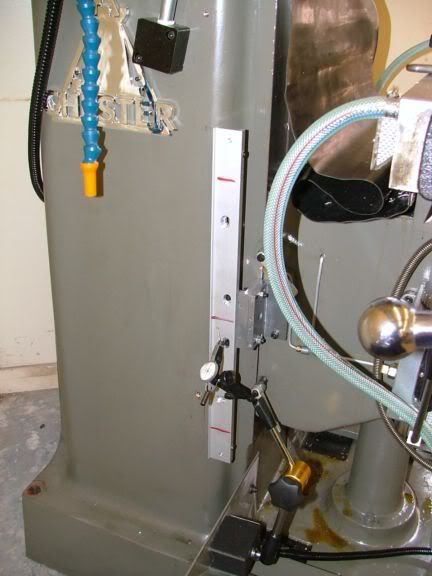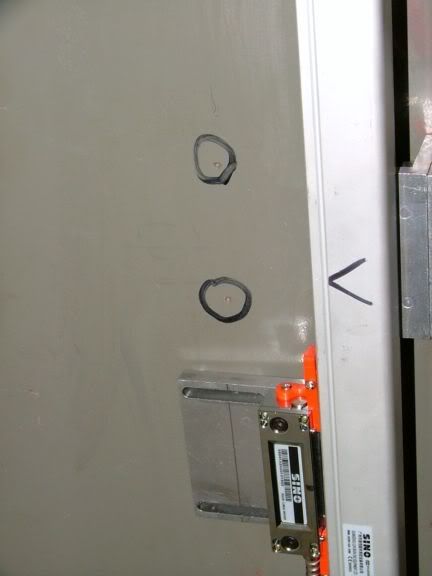- Joined
- Dec 12, 2012
- Messages
- 2,220
- Reaction score
- 1,286
I am happy using the lathe with dials.Its what I like and am used to
I fitted a digital vernier to the z axis of the sieg mill and I love it
I have been toying with fitting DRO readout and being a tight Yorkshire man
thought about just 2 axis but the vernier is getting damaged with chips
so why not go the whole hog and 3 axis. Having just returned from the dentist
with numb lips and minus $800 I thought sod it lets do it.
Having no experience whatsoever please offer advise to a newbe
I don't run coolant, only work to 1 thou etc.X is 300mm,Y is 130mm and
Z is 250mm travel. Not familiar myself but I assume glass scales are best
with full mounting package.Dont need all the bells and whistles,just fed up
counting handwheel turns 5 micron will more than adequate.Some people
mention slimline scales etc etc.Ebay from China are about $400 all in
Any advice on sourcing,prices and fitting etc most welcome.I note the scales are nom. 140mm longer than the travel.Anyone fitted them to sieg Sc2lf
advice would be most welcome before my next pension chq comes in the next
2 weeks. Thanks Barry
I fitted a digital vernier to the z axis of the sieg mill and I love it
I have been toying with fitting DRO readout and being a tight Yorkshire man
thought about just 2 axis but the vernier is getting damaged with chips
so why not go the whole hog and 3 axis. Having just returned from the dentist
with numb lips and minus $800 I thought sod it lets do it.
Having no experience whatsoever please offer advise to a newbe
I don't run coolant, only work to 1 thou etc.X is 300mm,Y is 130mm and
Z is 250mm travel. Not familiar myself but I assume glass scales are best
with full mounting package.Dont need all the bells and whistles,just fed up
counting handwheel turns 5 micron will more than adequate.Some people
mention slimline scales etc etc.Ebay from China are about $400 all in
Any advice on sourcing,prices and fitting etc most welcome.I note the scales are nom. 140mm longer than the travel.Anyone fitted them to sieg Sc2lf
advice would be most welcome before my next pension chq comes in the next
2 weeks. Thanks Barry






